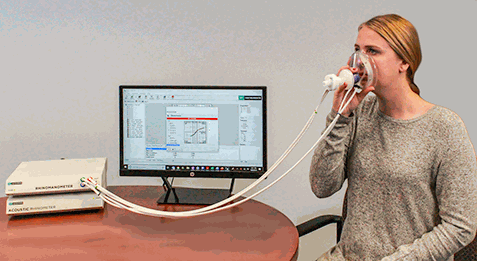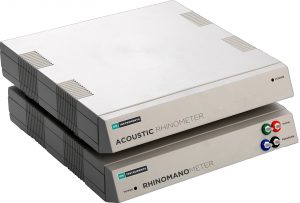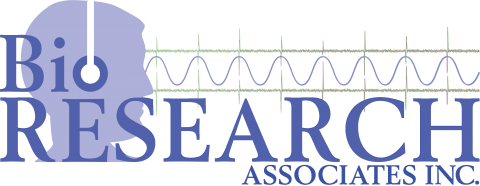Rhinomanometry and Rhinometry
Nasal Airway Form and Function

Rhinomanometry is an essential diagnostic tool for objectively evaluating nasal airflow and resistance. By measuring pressure and airflow in the nasal cavity, this technique offers crucial insights into nasal function that can significantly impact patient care. Understanding these metrics can lead to better treatment plans and improved outcomes. Engaging with this advanced technology is vital for dental professionals aiming to enhance their practice.
Understanding nasal airway assessments is crucial for modern dental practices. Rhinomanometry and acoustic rhinometry provide valuable insights into nasal airway resistance and anatomy, enabling dental professionals to enhance patient care. Explore how these advanced techniques can empower your practice and improve patient outcomes.
Rhinometers and Rhinomanometers allow non-invasive nasal examination in adults and children to give the clinician a clear look at the nasal airway and gives insight to how well the patient can breathe through their nose.
NARIS uses a sound pulse technique and flow pressure measurements to provide a thorough examination of the nasal cavity including structure, nasal function and gives insight to pre/post comparisons.

How it Works
The Rhinometer measures the echo location boundary of the nasal cavity from the nasal valve to the back of the sinuses via reflections of the sound pulse produced by changes in the cross-sectional area within the nose. This allows the dentist to understand if any obstruction will impede the success of OSA treatments. The Rhinomanometer measures nasal airway resistance by recording the volume and pressure of the air moving through the anterior or posterior parts of the nasal cavity and sinuses.
These measurements are critical to the dentist who needs to know if nasal any obstructions will impede the success of OSA treatments. Seeing constrictions due to nasal valve collapse, inflammation, deviated septum’s, and allergies helps the clinician properly diagnose, treat and potentially cross refer patients to ENT and allergists for maximum treatment success.
NR6 Rhinomanometer Description
NR6 can be used for active Anterior or Posterior Rhinomanometry, with either the Broms or Standard technique as approved by the International Standardization Committee.
The resultant curves are displayed in the standard 4 phase format. In addition, it will calculate and display either the Rohrer coefficients or the Broms angle relating to the resultant curves.
Two versions of the instruments are available, the NR6 Clinical and the NR6 Clinical/Research the difference between them being the hardware and software facilities. See: Holström (2010) Rhinology 48: 387-393.
NR6 Clinical Version provides:
- An individual patient database, which holds patient details and stores test result files, in chronological order, for ease of display, print out and comparison.
- Files can be saved to disk and recalled for comparison, re-examination or printout.
- Tests can be performed using one of a number of techniques and reassessed by changing the reference or threshold points.
- Test results can be compared with ones previously stored. This comparison is presented in the form of a graphical display overlay with percentage change figures produced and is available for printout.
- A diagnostic facility, to help determine if nasal valve collapse has occurred, has been added to the standard system. This provides information on the flow at various points on the curve and calculates ratios and percentage increases at these points.
- Guidance based on the curves produced to the category of obstruction has been developed into the software analysis based on published work, to support the clinician in diagnosis and comparative study.
